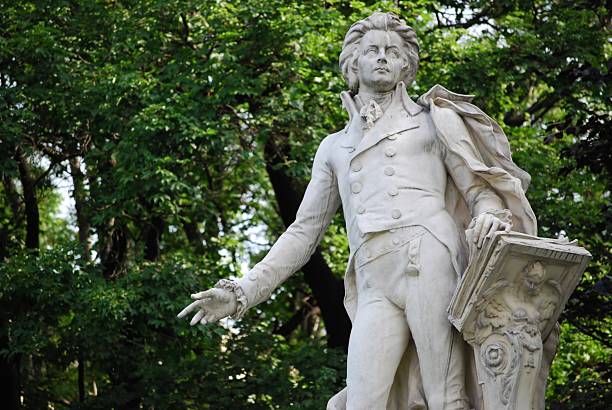Using EEG implants, researchers investigated the mechanism through which the Mozart Sonata, K448 reduces seizures in epilepsy.
According to the World Health Organization (WHO), approximately 50 million people worldwide suffer from epilepsy. The neurological disorder results in debilitating seizures that can vary in frequency from a few per year to several in a day. Thus, having a significant impact on a person’s physical and psychological health. Although several anti-seizure medications are available, 30% of patients suffer from refractory epilepsy and don’t respond to medications. Therefore, researchers are on the search for other therapeutic options. مواقع المراهنات Their search has resulted in brain implants that can predict seizures in advance to several other advances. However, the strangest intervention that has helped reduce seizures in epilepsy has been music; specifically, Mozart’s Sonata for Two Pianos in D Major (K448).
Previous study has shown that the particular piece effectively reduces seizures in epileptic patients. However, the mechanism behind the effect remains unclear. Now, for the first time, researchers have analyzed how the specific Mozart piece can reduce seizures in epilepsy. The results of the investigation are available in the journal Scientific Reports.
Anti-Epileptic Music
The team of researchers recruited 16 participants with refractory epilepsy and limited exposure to classical music. While the participants listened to the Mozart piece, researchers measured their neural activity using brain implants fitted prior to the study. The brain implants allowed the researchers to assess for interictal epileptiform discharges (IEDs). These are brief electrical impulses that act as epileptic biomarkers and can provoke seizures.
Results revealed that just 30 seconds of listening to K448 produced a significant decrease in IEDs. Specifically, in the brain regions responsible for emotion. However, no such effect occurred when participants listened to their favourite song. Moreover, researchers also tested the frequency of IEDs in response to other music: Wagner’s Lohengrin Prelude to Act I. ترتيب البوكر This also did not result in any neural effect.
Our findings encourage the continued evaluation of Mozart’s K448 as a noninvasive, non-pharmacological intervention for refractory epilepsy.
study authors
According to the study authors, the specific musical structure of Mozart’s K448 with its contrasting melodic themes is responsible for the anti-epileptic effect. Notably, they reported more reduction in IEDs during the transitions in musical themes. Therefore, researchers believe the piece of music can serve as a non-invasive, non-pharmacological intervention for refractory epilepsy.
They support the future investigation of other sonatas with similar structural characteristics to Mozart’s K448, as they may hold therapeutic potential for epilepsy. لعبة بينغو
study authors
Reference:
Quon, R.J., Casey, M.A., Camp, E.J. et al. Musical components important for the Mozart K448 effect in epilepsy. Sci Rep 11, 16490 (2021). https://doi.org/10.1038/s41598-021-95922-7




